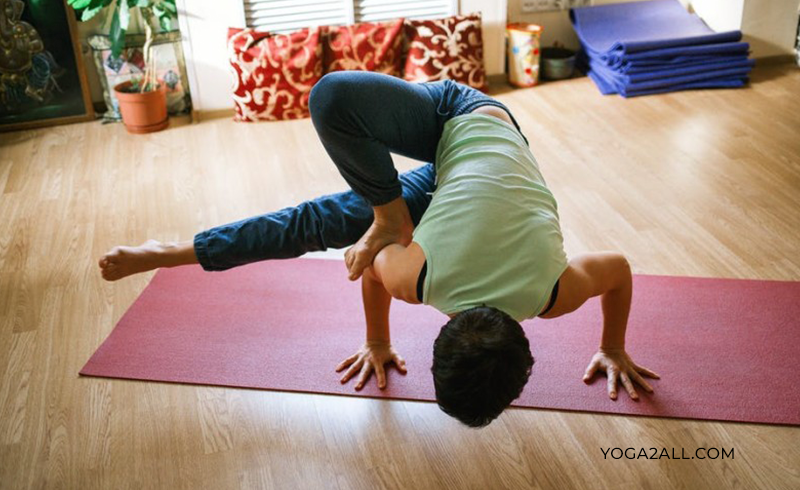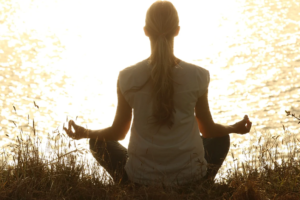
There is a widespread addiction in the US whereby 1 out of 7 Americans will be addicted to a substance at some time in their life. There are different ways in which you can treat addiction and prevent drug relapse. The best forms of treatment tend to be complimentary or holistic and interconnected to the traditional methods, considering the body, mind, and spirit, rather than focusing on the physical aspects.
Yoga has become one of the Experts in Yoga for Addiction Recovery in the last several years because of the far-reaching benefits. Although there are lots of opportunities that are scientifically based, yoga has helped lots of people during the addiction treatment.
Yoga is beneficial in both addiction treatment and standard practice. It also works as Benzodiazepine withdrawal treatment. The common practice of yoga today includes three elements: asanas (body positions), controlled breathing, and a brief relaxation and meditation. Although it helps to improve overall body health and general wellness, there are benefits of yoga in the treatment of addiction.
1. Relief from stress
People who abuse drugs cite stress as the reason why they engage in drugs. Additionally, stress is the primary trigger for relapse. Yoga is partly known to reduce stress because of the connections between regulations of norepinephrine, serotonin, & dopamine and exercise. Its meditative aspect also helps to reduce stress when it is practiced for short periods.
2. Relief from a co-occurring disorder
We have seen how yoga can reduce anxiety and stress. It can also be used for some common co-occurring disorders like depression, anxiety, and eating disorders. The University of Utah reported that yoga helps addicts to reduce the anxiety and stress they perceive, and it also helps to regulate how people respond to stress. This helps to reduce the heart rates, ease respiration, and lower the blood pressure.
This will not only reduce emotional and physical pain; it will increase the variations of the heart rate to help an individual to be more agile when stressful situations appear. There is also a style of yoga called trauma-sensitive yoga that helps people who suffer from significant trauma. The trauma, in this case, is that which showcases a physical injury or deep distressing experience. This type of yoga helps to regulate emotions and to help the youth who are suffering from bipolar disorders to cope with the symptoms.
3. Improved emotional regulation
Emotional regulation is a skill that is cultured during addiction treatment to allow people to react to situations without being affected by the emotional triggers that come with the situation. Experts in Yoga for Addiction Recovery says the mind interprets the emotions and expressions of the body. It is therefore important to work with the body and mind to learn how to control emotions. Since yoga basically approaches the body and mind at the same time by the integration of movement, breadth, and meditation, it offers a new way to connect with the sensations of the body and mind. This essentially helps the patients to develop a basis for developing self-awareness and self-control.
4. More energy and better sleep
Sleep is an important element in the process of healing and recovery. During the abuse of substances, the circadian rhythm is usually disrupted from its natural flow. This stops the body from getting the deep sleep that is needed at night. Both depressants (alcohol and sleeping pills) and stimulants like cocaine affect sleeping patterns, and people usually have insomnia right after detox.
The cause of insomnia is usually due to relapse because the body needs a dose of the substance to sleep. According to the NCHS (National Center for Health Statistics), researchers discovered that yoga practice on a daily basis or twice a week improved the sleeping patterns of those who have insomnia and those who practiced improved their quality and perception of life.
5. Reduces cravings and impulsivity
Yoga for addiction recovery can be critical in preventing relapses, which is a critical stage in recovery. Once treatment is done, cravings can come. It also works as Opioid withdrawal treatment. Once they begin, you can either suppress and avoid them, or you can deal with the cravings directly. Through a consistent practice of yoga, you can pay attention to the sensations and learn how to accept and release them.
6. Provides a spiritual experience
Although you might not believe in a higher power, yoga gives you an opportunity to engage with your spiritual side. This can help in the 12-step recovery approach that is used to treat addiction, which opens one up to a higher power. Yoga provides a spiritual environment that is open to different interpretations.
7. Helps in self-acceptance
During the recovery period, accepting addiction as part of you is a huge step; you cannot progress in truth if you do not accept this fact. Yoga will not only help you to be in touch with yourself, but it will also help you to increase in self-love and self-confidence. There is a point in yoga where you will feel like you have reached a level you cannot cross over. That aspect can become powerful in your recovery process.
8. Pain relief
There has been an increased use of opioid prescriptions in the last few years. And most of them have been prescribed to reduce pain for chronic and other forms of injuries. This is what has fueled the opioid epidemic that is killing thousands every year. In addition, any substance abuse makes many people suffer from acute pain after the detoxification process.
Yoga can help to teach the body to form new reactions to stress and pain. Yoga will also help the body to relieve muscular tension, increase muscle strength, and improve the range of motion which will help to reduce pain.
9. Helps to focus within
Recovery is not easy; it takes commitment, brutal self-honesty, and discipline. Many addicts first use substances to escape from reality and avoid the mental and emotional pain. Yoga plays a role in overcoming this notion by gently directing your attention to your inner self. When you pay attention to your breath, and the body movements that yoga instructs, you will shift your thoughts back in touch with your inner self.








